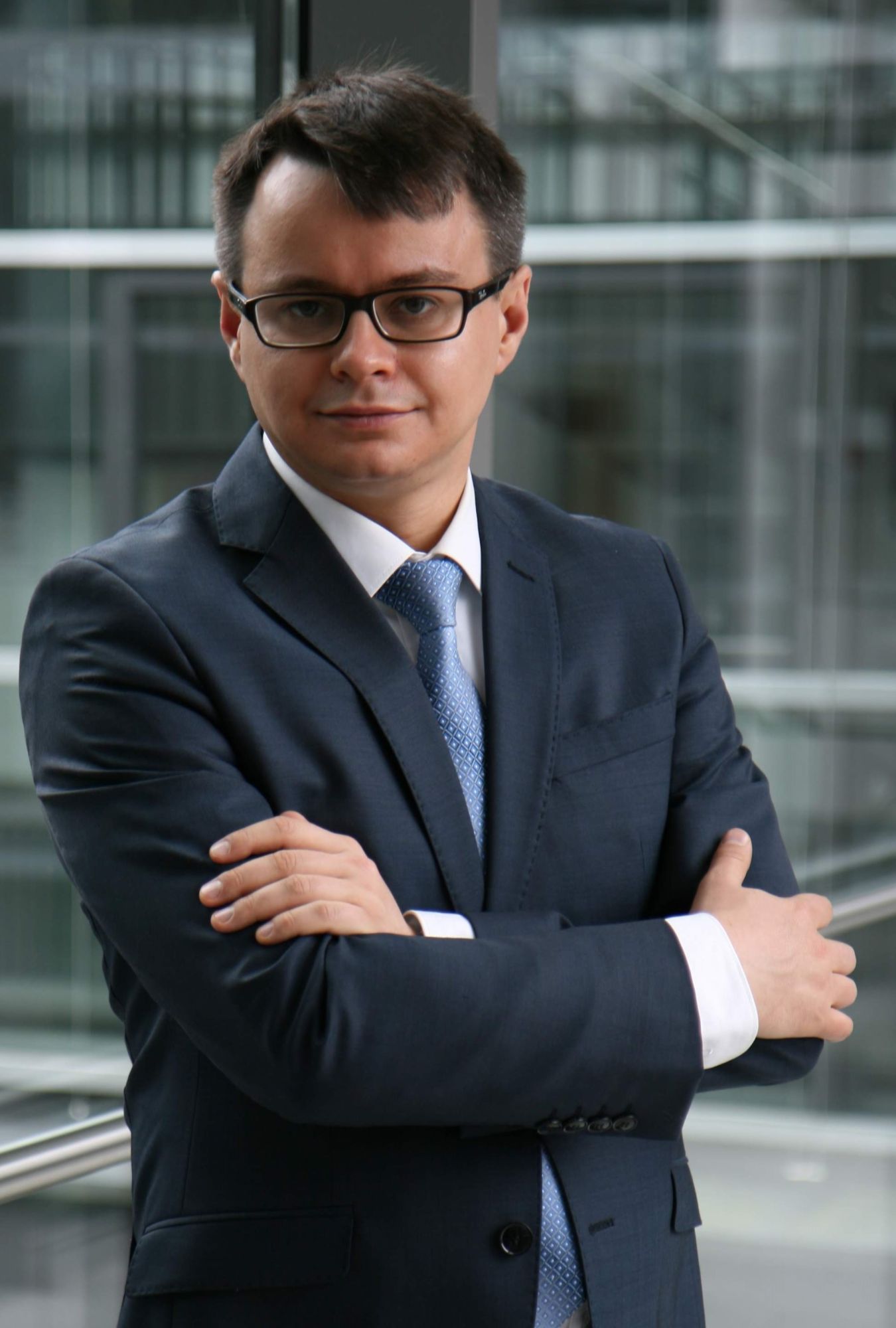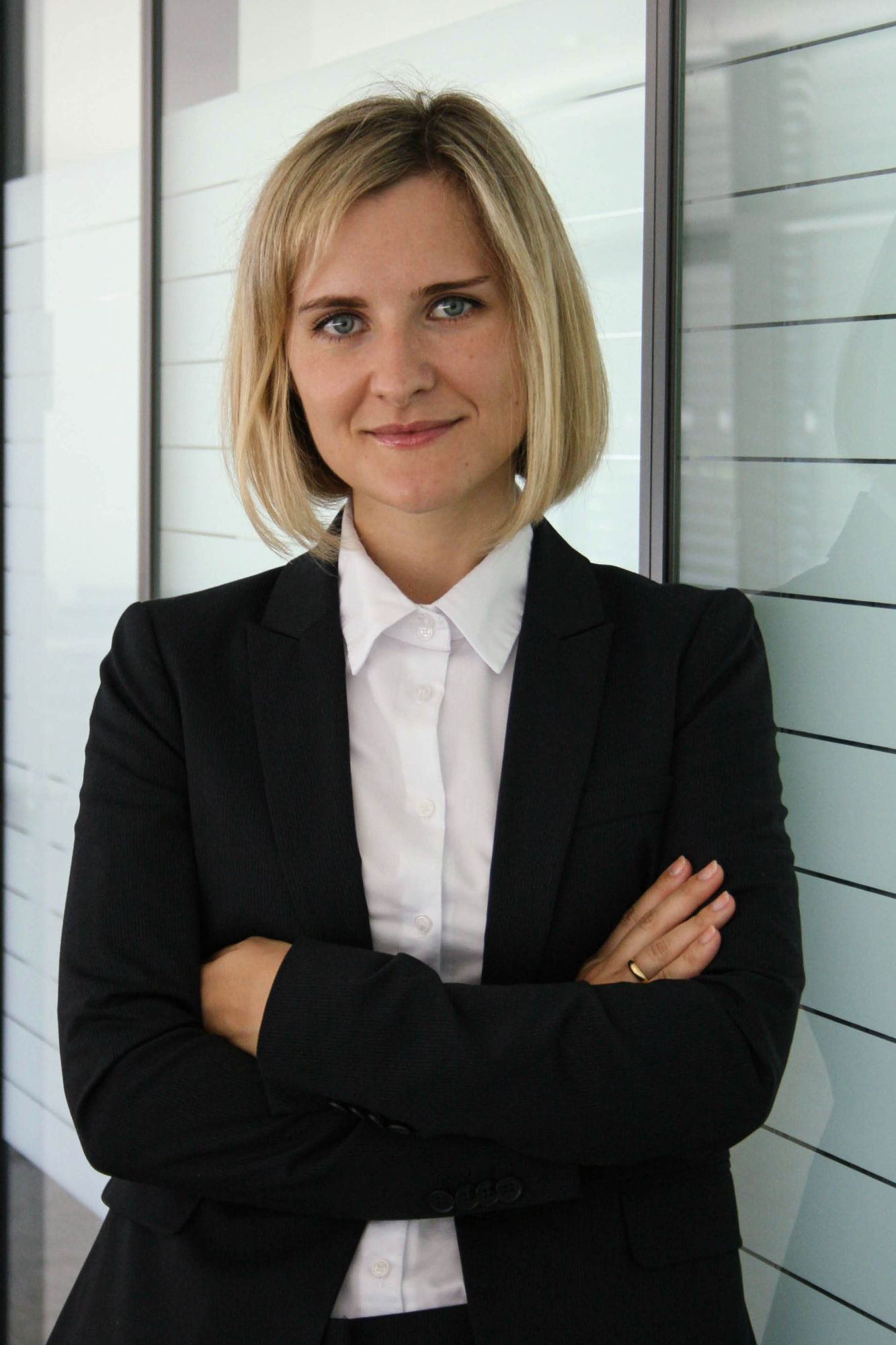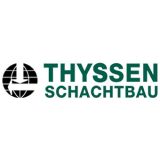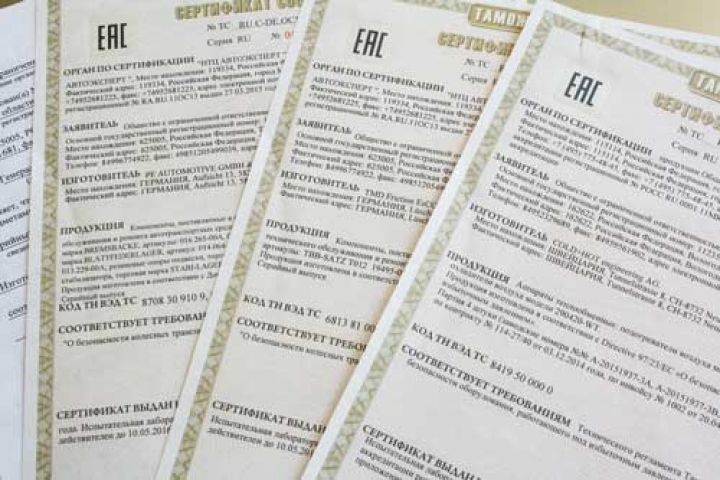
It is often asked how much an EAC Certificate or an EAC Declaration, also referred to as an EAC Declaration of Conformity, costs. This question is often decisive for a company who wants to export to Russia, Kazakhstan and the Eurasian Economic Union. Especially when it is only a one-time delivery or export of a small volume. Unfortunately, there is no general answer to this question. We will try to explain how the costs for the EAC certification are composed.
There are several parameters that affect the cost of conformity assessment:
- Product itself: The cost of certification depends on the specifics of the product and the risks that the product poses
- The applied technical regulations
- Form of conformity assessment: EAC certification or EAC declaration. EAC certificate costs more, since the EAC certification requires the mandatory use of an accredited certification body, which not only carries out checks on technical documents, but also carries out a production audit and an annual inspection controls
- EAC conformity assessment schemes
- Requirements of the technical regulations: number and complexity of the product tests, necessity of the manufacturing audit and the annual inspection controls, additional requirements such as Certificate of State Registration
- Degree of involvement of accredited test laboratories
- Type of delivery - serial production, one-time delivery, and contract-bound batch delivery
- Other approvals that come into question for the product: pattern approval certificate, FSB notification, State Hygienic Registration
Product
Product is the crucial parameter for cost calculation. The extent of the work of an expert for product identification, review and analysis of the technical documentation depends on the peculiarities of the product (its construction, composition, application area, etc.) and the resulting risks. The more complex the product, the more work is required.
A product can subject to several technical regulations: e.g. a sewing machine for light industry is subject to conformity assessment according to three technical regulations: TR CU 004/2011 On safety of low-voltage equipment; TR CU 010/2011 On safety of machinery and equipment and TR CU 020/2011 On electromagnetic compatibility. These three regulations can be included in one EAC declaration.
In other cases, an additional declaration or certificate must be applied for. A printer is not only subject to an EAC certification according to TR CU 004/2011 On the safety of low-voltage equipment, but also to a declaration according to TR EAEU 037/2016 On restriction of the use of certain hazardous substances in electrical and electronic equipment, Two different certificates of conformity must be issued.
It is also relevant for the costs of the EAC conformity assessment how many laboratories are accredited in a particular area. The more "competitors" on the market, the lower the price. For some difficult products, there are only one or two laboratories that can and may carry out the tests. That's why the price is higher there. It applies above all for certification of rail vehicles (TR CU 001/2011 On safety of rail vehicles, TR CU 002/2011 On safety of high-speed trains and TR CU 003/2011 On the safety of railway infrastructure), wheeled vehicles (TR CU 018 2011 On safety of wheeled vehicles), elevators (TR CU 011/2011 On elevator safety), air hoses or explosion-proof equipment (TR CU 012/2011 On safety of the equipment for operation in explosive atmospheres).
The table below shows the approximate costs for the most common regulations. They can be low or higher. This information is for guidance only. The final price can only be determined after a detailed examination of the product and the technical documentation.
| Technical Regulation of the EAEU | Costs of EAC Declaration | Costs of EAC Certificate | Manufacturing audit | Annual Inspection control | Technical documents |
|---|---|---|---|---|---|
| TR CU 004/2011 On safety of low-voltage equipment | from 900 € | from 2000 € | from 1000 € per Expert | 500-1000 € | technical passport - 400 €; operation manual - 400 € |
| TR CU 010/2011 On safety of machinery and equipment | from 900 € | from 2000 € | from 1000 € per Expert | 500-1000 € | technical passport - 400 €; operation manual - 400 €; safety justification - 400 € |
| TR CU 012/2011 On safety of the equipment for operation in explosive atmospheres | no Declaration possible | from 4000 € | from 1000 € per Expert | 500-1000 € | technical passport - 400 €; operation manual- 400 €; ignition hazard assessment - 400 € |
| TR CU 017/2011 On safety of light industry products | from 900 € | from 1500 € | from 1000 € per Expert | 500-100 Euro | - |
| TR CU 020/2011 On electromagnetic compatibility | from 900 € | from 2000 € | from 1000 € per Expern | 500-1000 € | technical passport - 400 €; operation manual - 400 € |
| TR CU 025/2012 On safety of furniture | from 900 € | from 2000 € | from 1000 € per Expert | 500-1000 € | technical passport - 400 €; operation manual - 400 € for lighting |
| TR CU 032/2013On safety of pressure equipment | from 1500 € | from 3500 € | from 1000 € per Expert | 500-1000 € | technical passport - 400 €; operation manual - 400 € |
Manufacturing audit: the costs include: travel costs, accommodation costs and daily rates of the expert. As a rule, one or maximum two experts will visit the production sites. We recommend our clients to have the trip organized by themselves or by us. It will be cheaper.
Inspection control : the scope of the control is individually defined. Depending on the technical regulations, it can be a production audit, sample tests or tests of the technical documents and the quality management system.
Test reports: for some products several test reports have to be requested, for example, a certificate is set for a product group: a scissor lift. But there are different types of it. For each type that is included in the certificate, there must be a separate test report. Each additional test report costs extra.
Form of the conformity assessment
There are different forms of EAC conformity assessment: EAC certificate and EAC declaration.
EAC certificate costs more, since it is not just the examination of documents. The certification stipulates real sample tests in the accredited laboratories in the customs union, production audit and inspection controls. The costs for sample tests are usually included in the price, costs for the production audit and inspection control are always calculated separately.
There are currently 48 technical regulations in force in the Eurasian Economic Union. These regulations determine for which products an EAC certificate and for which an EAC declaration must be applied for.
Some regulations only provide one form of conformity assessment: TR CU 012/2011 On the safety of equipment for operation in potentially explosive atmospheres - only an EAC certificate; TR EAWU 037/2016 On the restriction of the use of certain hazardous substances in electrical and electronic devices - an EAC declaration.
Schemes of the EAC conformity assessment
There are different schemes of certification or declaration procedure. Each scheme specifies how exactly the applicant must proceed in order to confirm the conformity of the product.
Two points are crucial here:
- Type of production and delivery: series delivery, contract-bound batch delivery (lot) or individual delivery. In the case of a batch delivery or individual delivery, for example, no production audit and no inspection control are carried out. This saves time and money. In the case of a series delivery, production audits and inspection controls are mandatory. The frequency of the inspection control is prescribed in the corresponding technical regulations. As a rule, it should be carried out once a year. Each control is paid separately.
- Degree of involvement of the certification body and the test laboratory: The main issue here is whether the manufacturer's test reports or test reports from an accredited test laboratory form the basis for the conformity assessment. Test reports of an accredited test laboratory are based on the results of the sample tests. This induces costs for the tests conducting, as well as for shipping, possibly customs clearance and the samples themselves. In many cases, the samples are damaged during the tests and then destroyed.
Let's take adult clothing certification as an example. The EAC declaration is only issued on the basis of sample tests in a laboratory. On the other hand, the declaration for industrial sewing machines can be issued based on the manufacturer's internal test reports and does not require any tests by the approved bodies in the EAEU.
Testing and laboratory examination of products
An essential component of EAC certification and EAC declaration are the required testing and laboratory examinations of the objects of conformity assessment. These activities serve to demonstrate the conformity assessment with the respective Technical Regulations (TR CU / TR EAEU). The scope and type of testing have a considerable impact on the overall costs of the procedure.
In the case of EAC certification, extensive testing and audits are in most cases mandatory. In contrast, EAC declaration generally requires significantly less testing effort. For declarations, testing in accredited laboratories is not required in most sectors, except for certain product groups such as textiles and clothing, cosmetics and skin care products, products for children and toys, as well as furniture. In these areas, the relevant Technical Regulation explicitly prescribes laboratory examinations. For certifications, however, laboratory testing is almost always obligatory, which has a significant effect on both the time requirements and the costs of the procedure.
Especially complex product groups
Certain product groups require particularly extensive and cost-intensive testing and examinations, including:
- Explosion-proof equipment (EAC Ex)
- Pressure equipment and pressure vessels
- Switch or control cabinets and electrical distribution boards
- Medical devices
- Measuring instruments
In these cases, not only detailed laboratory examinations are prescribed, but often also a combination of type testing, safety analyses, and recurrent inspections. This has a direct impact on the overall costs of the procedure.
Testing in the laboratory or at the manufacturer’s premises
As a rule, product samples must be delivered to the EAEU for laboratory testing. In certain cases, however, the required tests and inspections may also be carried out directly at the manufacturer’s production site, provided that the technical conditions for the prescribed testing are available there. This can avoid the delivery of samples but is associated with costs for the travel and accommodation of experts as well as for ensuring appropriate testing conditions on site.
Combination with a production audit
Under certain certification schemes, testing on site can be combined with a manufacturing audit. This can reduce overall costs, since the presence of the inspectors can be used both for the audit and for the testing of the products. However, this approach increases the requirements for preparation on the part of the manufacturer.
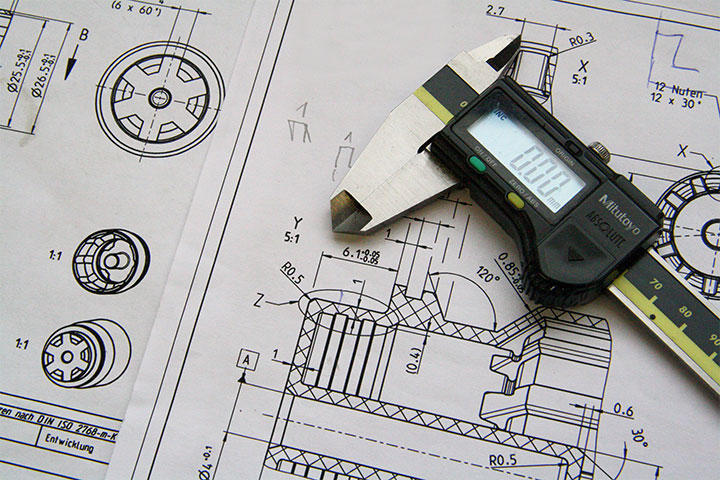
Technical Documentation and technical Translation
For the successful implementation of an EAC certification or EAC declaration, certain technical documentation is mandatory. These documents serve as proof for the certification bodies that the product complies with the applicable technical regulations of the EAEU. Without complete and correctly prepared documentation, no valid EAC certificate or EAC declaration can be issued.
The most important documents include, among others: the technical passport, the safety justification, the instruction manual, as well as, depending on the product, additional documentation such as a pressure vessel passport, risk assessments or test reports. As a rule, these must be prepared according to GOST standards and submitted in the Russian language.
Since the requirements regarding the form and content of these documents are very detailed, they should be drawn up exclusively by experienced specialists. Our experts prepare the necessary documentation and ensure a professional translation into Russian, which can be submitted to the certification bodies. In this way, we ensure that the documents comply with the legal and technical requirements of the EAEU and are recognized by the testing bodies.
These services are not included in the price of the certificate or the declaration, but are invoiced separately. The costs depend on the scope of the documentation, the complexity of the product and the requirements of the respective technical regulation. We will be pleased to inform you, within the framework of an offer, about the expected additional expenses.
These documents are written by the experts and cost in addition to the certificate or declaration.
Authorized Representative
Only a company established in the territory of the Eurasian Economic Union is entitled to apply for EAC certification or for the registration of an EAC declaration. Companies located outside the Eurasian Economic Union, for example in Germany or in other EU countries, are not authorized to declare their own products. This problem can be solved by the exporter using the services of an Authorized Representative in the Eurasian Economic Union. Many companies in the field of certification charge additional fees for this service. The costs for the appointment of an Authorized Representative therefore arise in addition to the fees for the certificate or the declaration and vary depending on the validity period and the type of product.
Schmidt & Schmidt offers a legally secure solution concept for this purpose via Kazakhstan. As a member state of the EAEU, Kazakhstan is authorized to issue EAC certificates and EAC declarations. Through our local offices, we ensure that all certification processes are carried out in compliance with European and American sanctions regulations, while at the same time providing our clients with access to the EAEU market.
Additional conformity assessments
It is important to mention that a product can not only be subjected to an EAC conformity assessment. Additional documents may also be required, such as a measuring equipment approval (pattern approval certificate), FSB notification or fire protection certificate. Some goods for children require a certificate of state registration and an EAC declaration. Some certificates, such as state registration, are valid throughout the customs union, and some - such as notification and pattern approval - are regulated nationally in every country.
Validity period of EAC certificates of conformity
The validity period of the EAC certificate and the EAC declaration differs depending on the applied technical regulations, the selected scheme, and the type of production (series production, individual delivery, etc.) and amounts on average to between one and five years. These parameters are defined in the corresponding technical regulations.
Single delivery vs. series delivery (short comparison)
| Criterion | Single delivery (contract-related) | Series delivery |
|---|---|---|
| Validity | Only for the delivery defined in the contract | Fixed period, typically 1–5 years |
| Cost structure | One-time testing and registration fees | Initial costs + ongoing expenditures (inspections, if applicable re-tests) |
| Testing | Sampling-based, depending on the product | Product/type testing according to TR CU, if applicable recurring |
| Production audit | Seldom required | Required in many TR CU (depending on the scheme), additional fees |
| Inspection control | As a rule not required | Annually, additional costs for maintenance |
| Suitable for | One-time/rare deliveries | Ongoing/regular exports |
Notes for manufacturers outside the EAEU
For manufacturers without a registered office in the EAEU, the appointment of an Authorized Representative in the EAEU is a prerequisite in order to submit the application and to obtain the EAC certificate or the EAC declaration. The costs for this service are charged in addition to the certification procedure.
How long does the process of EAC certification or EAC declaration take?
The average processing time is usually several weeks, but it may vary depending on the complexity of the project. While EAC certificates often require an extensive testing and audit procedure, EAC declarations in many cases are faster and associated with lower costs. The actual duration has a direct impact on the total costs: the more extensive the requirements, the higher the effort.
The processing time and the related costs depend in particular on the following factors:
- Type of delivery: single delivery (contract-related) vs. series delivery
- Certificate or declaration: certificates often require laboratory testing and, if applicable, audits; declarations are based more strongly on manufacturer documentation and can be registered faster
- Product characteristics: complexity, number of components and variants
- Scope of testing: required laboratory testing, safety and EMC evidence
- Audit requirements: if applicable, production audit with additional costs
- Completeness of documentation: technical documentation, drawings, test reports
- Available samples: selection and shipment of product samples for laboratory testing

